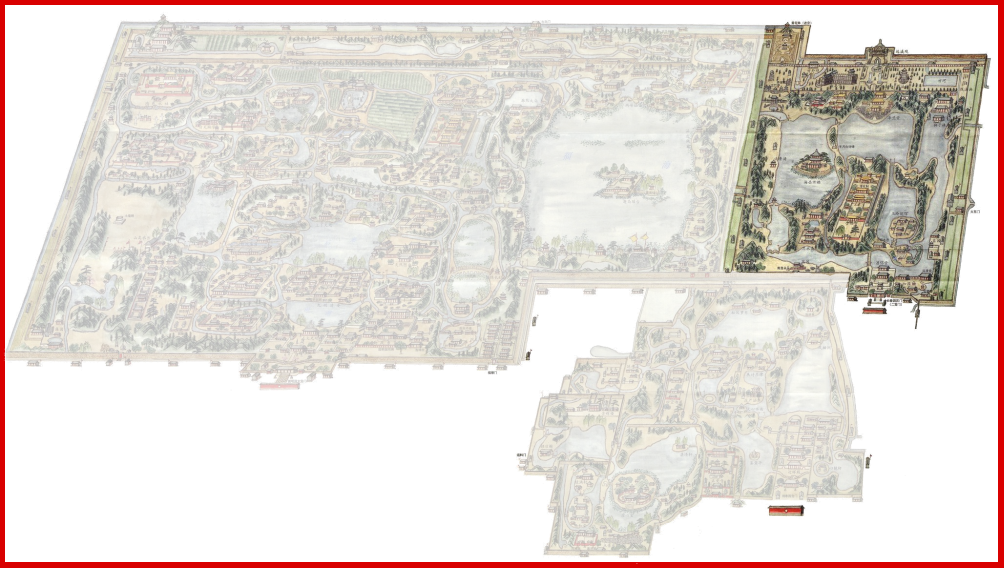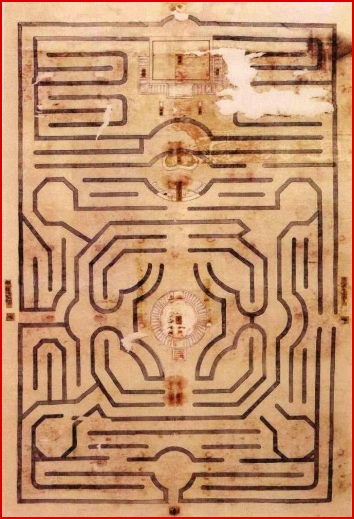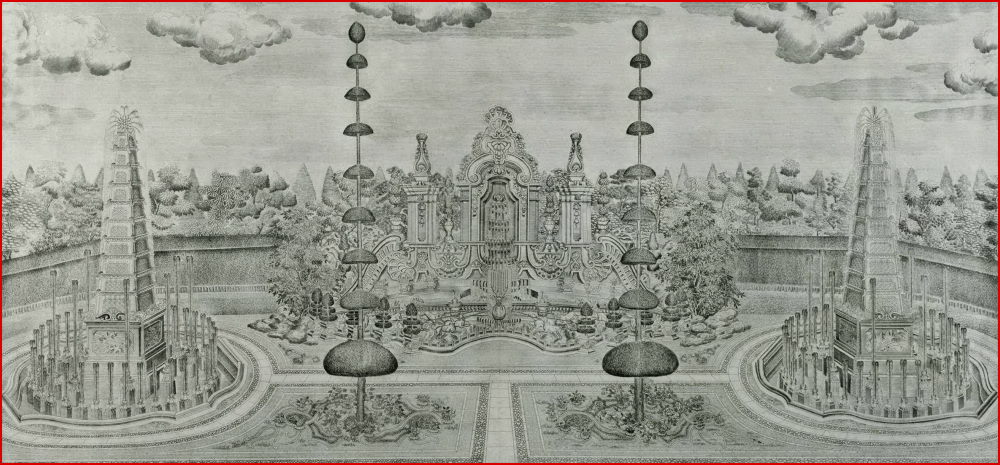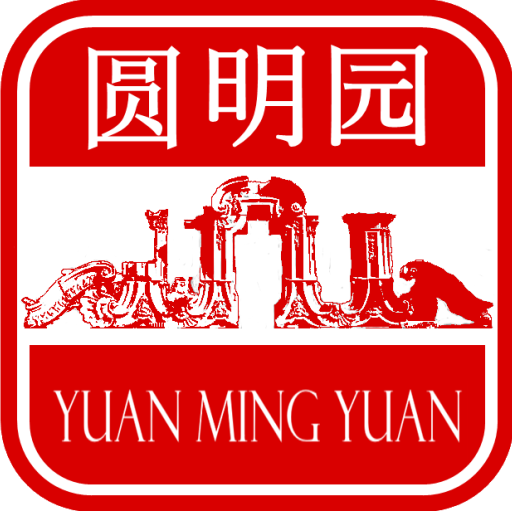Garden of Eternal Spring
This garden was the smallest of the three gardens, it was also the most intimate. Built in 1749, the Garden of Eternal Spring (长春 园) housed the pavilions in which the Emperor’s concubines lived, and included numerous flower gardens. Emperor Qianlong was particularly attached to this garden and he planned to retire here. The pavilions that were built here mainly in response to an aesthetic and non-functional desire.

European-style palaces (西洋 楼)
To the north of the Garden of Eternal Spring some European-style palaces were erected; these are in ruins today. Not all of Yuanmingyuan’s palaces were European in style, but this desire to erect foreign-style buildings is testament to the open-mindedness of Chinese emperors in the 18th century.

Following the work of Matteo Ricci (1552-1610), several Jesuits were present in Beijing. Emperor Qianlong (1711-1799), who saw some engravings of French gardens, asked Brother Castiglione (1688-1766) to construct European-style gardens and buildings covering approximately 20 acres. To carry out this task, Brother Castiglione was accompanied by several Europeans including Ignatius Sichelbart (1708-1780) from Germany, Ferdinando Moggi (1684-1761) from Italy, and two French Jesuits, Jean-Denis Attiret (1702-1768) and Michel Benoist (1715-1774). The latter built the main fountains of the gardens, and in particular a water clock (海晏 堂) surrounded by twelve statues representing the animals of the Chinese zodiac. The first palace to be built was the Palace of Delights of Harmony, inspired by European style. In addition, Italian Renaissance-style gardens and a labyrinth garden were built, and in 1759, more buildings were constructed. In all likelihood, inspiration for these palaces must have come from French engravings brought by the Jesuits. The Yuanying Guan (远瀛观) or the Observatory of Distant Oceans, must have been built in 1768, and housed six Beauvais tapestries based on a design by François Boucher, donated by Louis XV to the Chinese emperor in 1767.
A throne (观水法) was also erected in front of the fountains so that the Emperor could enjoy the spectacle of the water games.

By looting and burning down the Old Summer Palace, Franco-English troops destroyed a major example of architecture that combined both European and Chinese styles.
